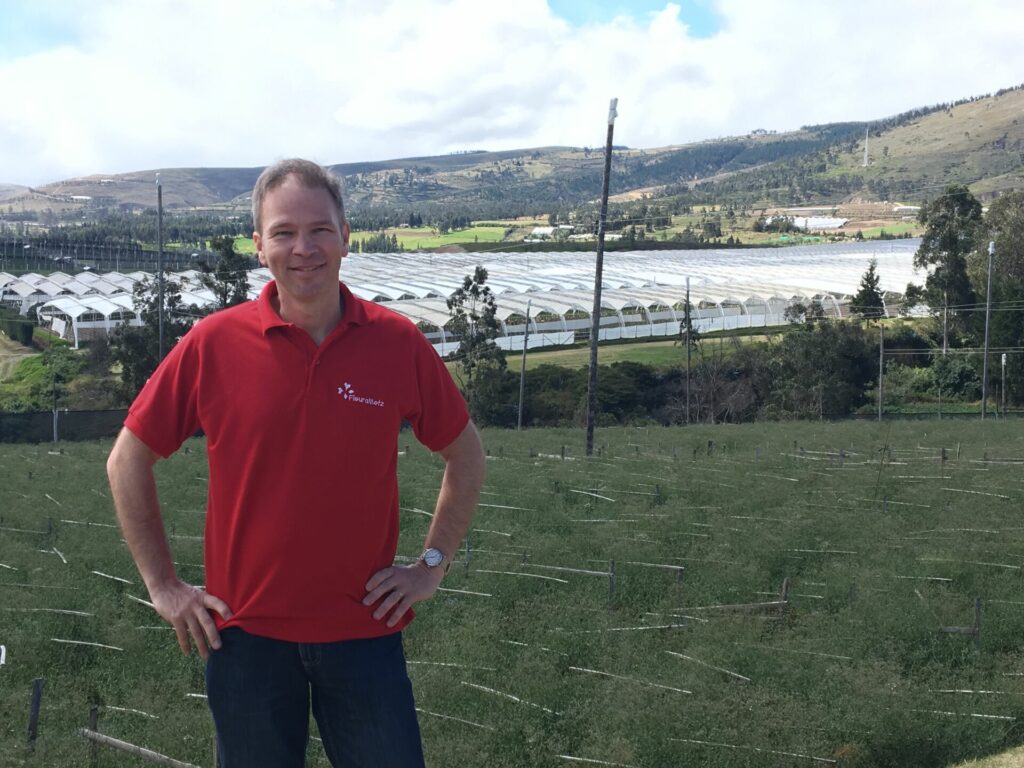The Ecuadorean flower sector didn’t have what you’d call a boring start of the year! Due to the strict lockdowns in Europe and North America, sales were initially slow in the beginning of January. But a little closer to Valentine’s Day, things suddenly picked up due to the relatively bad production in Colombia and the delayed peak in Ecuador.
From 1 January 2021, the GSP trade agreement with the United States has expired. Since that date, Ecuadorean cut flowers have been subject to the 6.8% import tariff again. But even that didn’t seem to make much of a difference.
In fact, all the growers I spoke to were delighted with their sales up to Valentine’s Day. The current period leading up to International Women’s Day is also going well. Despite the, once again, skyrocketing airfreight tariffs for the additional charter flights to Europe (around $4.50/kg), both the demand and the prices remain high.
So far, there has been sufficient supply as well, but now that the rainy season has returned in full force, I’d say we’re going to see it go down soon.

Meanwhile, the flower farm landscape in Ecuador is changing rapidly. The scaling-up trend already started a few years ago, but the developments are suddenly going extremely fast! Major supermarket producers like Sunshine Bouquet, Colour Republic and especially The Elite Flower Group, took over several more nurseries during the past two months.
There’s no hiding the fact that the coronavirus pandemic has led to further growth of the distribution via the mass market channel. Literally every single grower has their own bouquet line these days.
Thankfully, the arrangements have also developed over time. The old-fashioned rose bouquets with no more than a sad-looking, single sprig of gypsophila or asparagus fern are becoming less common. They’ve been replaced by trendy combinations of exclusive summer flowers like ranunculus, anemone and scabiosa.
At FM Group, we’re keeping a close eye on the developments. Our own supermarket segment is growing as well. However, our main target group continues to consist of the traditional wholesale segment and the florist.
Victor van Dijk,
Area manager FM Group
Click here to read more blogs from Victor









